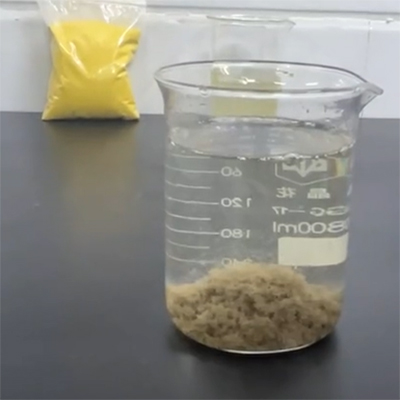The Role Of Polyaluminium Chloride In Wastewater From Fertilizer Plants
Sewage treatment agent polyaluminum chloride has always been a commonly used agent in sewage treatment. Whether the sewage produced by chemical fertilizer plants can be treated with sewage treatment agent polyaluminum chloride, and which polyaluminum chloride is used for treatment?
To determine whether polyaluminum chloride is suitable, we first need to understand the nature of fertilizer plant sewage. The main pollutants in fertilizer plant sewage that exceed national standards are ammonia nitrogen, sulfide, and total cyanide. The water quality of fertilizer plant sewage has ammonia nitrogen. It has the characteristics of high content and toxic total cyanide and sulfide; and the biochemical properties of such sewage are relatively poor.

The sewage needs to undergo biochemical treatment first, then go through the ultrafiltration system to filter the sewage, and finally go through the RO system to further reduce COD and ammonia nitrogen, so as to meet the enterprise's treatment standards and national emission standards!
According to various experiments and previous cases, it is recommended to use moderate content of polyaluminum chloride to treat fertilizer plant sewage, and polyacrylamide can also be used at the same time to achieve better treatment effect.
